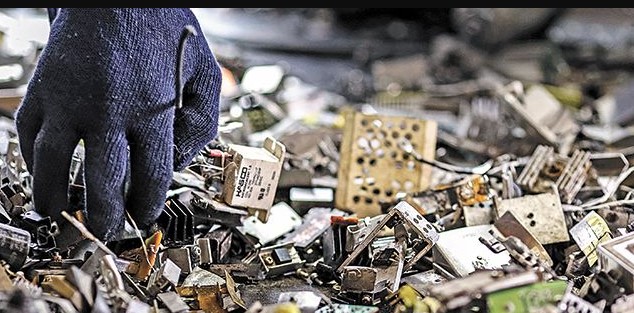Discarded Electrical and Electronic articles and parts are known as E-Waste.
It is harmful to human being directly and indirectly both.
Toxic elements are – Selenium, Arsenic, Cadmium, Cobalt, Lithium, Nickel, Mercury, lead etc.

Sustainable Development Goal and E-Waste
SDG number 6 belong to clean water and sanitation aims at improving water quality by reducing pollution, eliminating dumping & minimizing exposure to hazardous chemicals and materials to protect and restore water-related ecosystems, and is hence in resonance managing e-waste for pollution free environemnt.
E-Waste Management in India
E-waste (Management and Handling) Rules, 2011
- Extended Producer Responsibility – The producer is responsible for handling E-Waste after its use.
- Finance and administration of the system to manage and handle E-Waste lie on the Producer.
E-Waste (Management) Rule, 2016
- Manufacturer, PRO, Dealer, refurbisher, are brought under responsibility of management and handling E-Waste.
E-Waste Rules do not apply to –
- Waste of lead-acid batteries as covered under the Batteries (Management and Handling) Rules, 2001 ;
- Radio-active wastes as covered under the provisions of the Atomic Energy Act,1962 (33 of 1962).
- Micro-enterprises as defined in the Micro, Small and Medium Enterprises Development Act, 2006.
